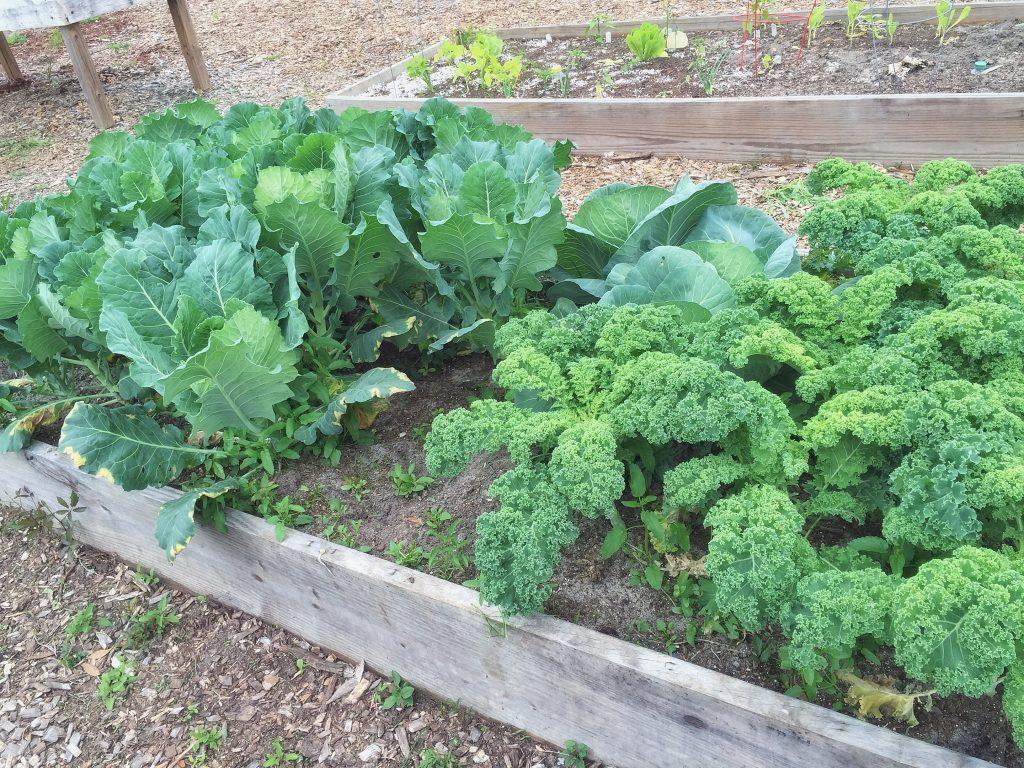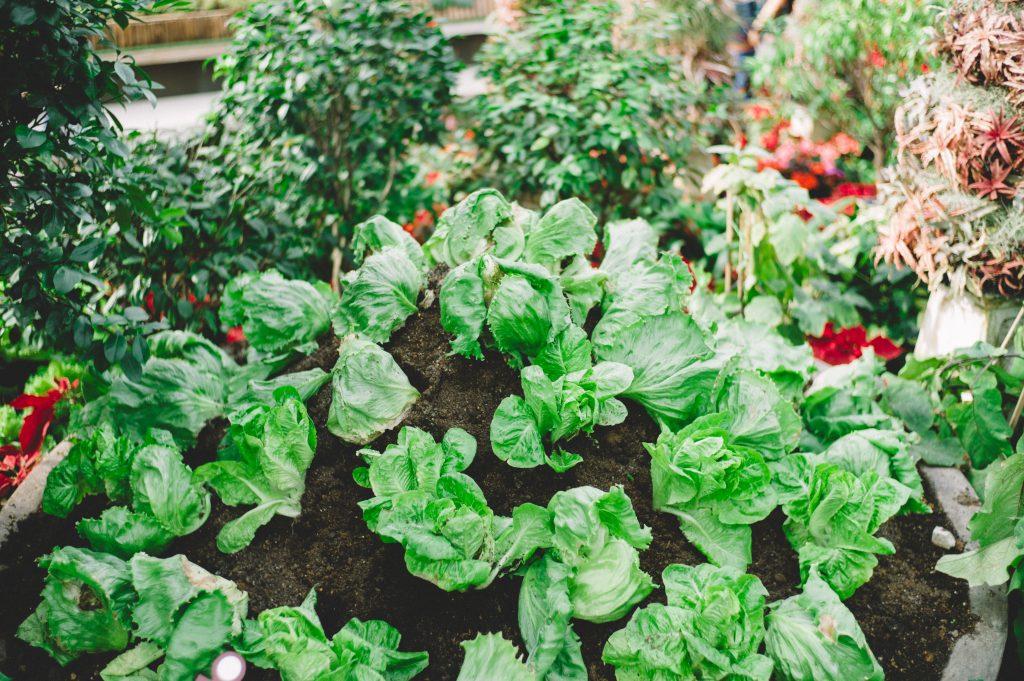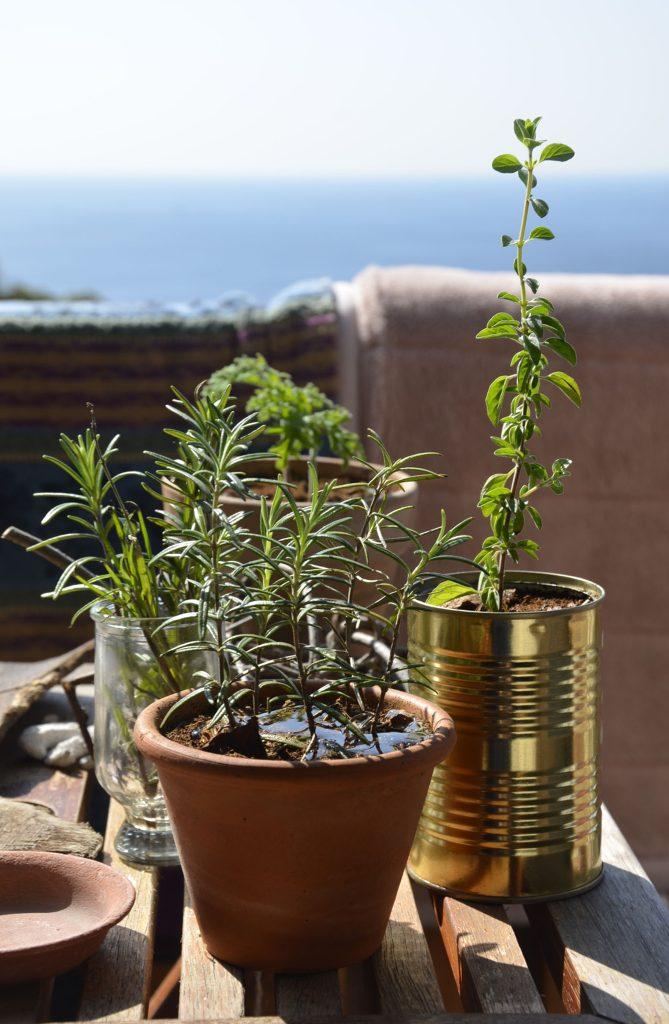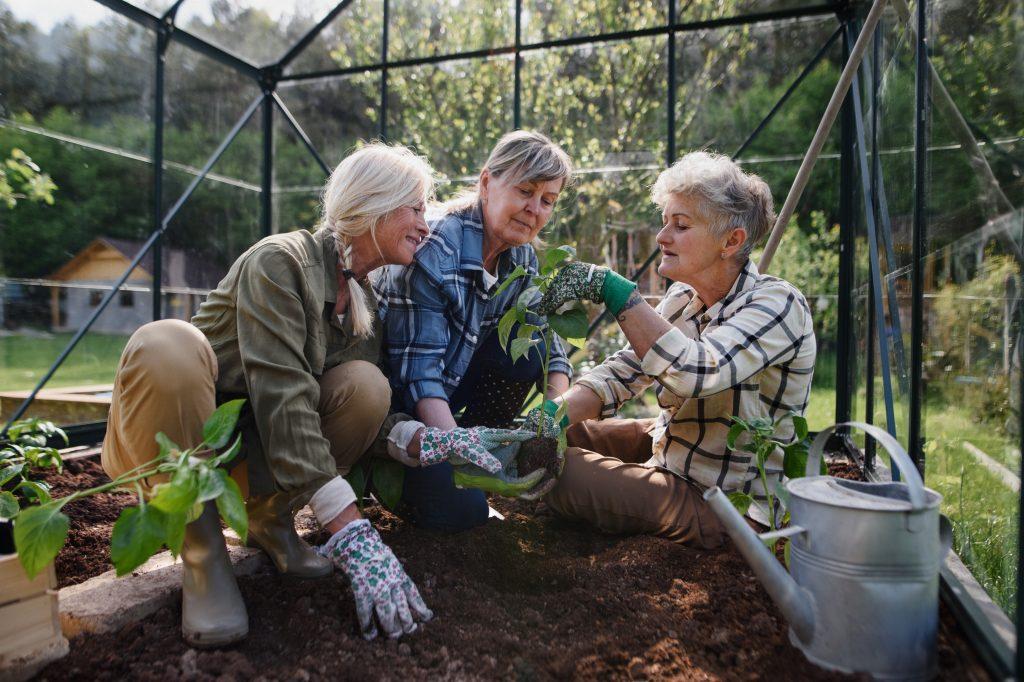Gardening this Autumn
Grace Morgan
Lubbock and the surrounding areas are in the USDA Hardiness Zone 7. We experience relatively mild winters with average minimum temperatures between 0°F (-17.8°C) and 10°F (-12.2°C). This gives us a great opportunity for nearly year-round gardening. In fact, many of the crops below do much better in the fall (or early spring) than in our hot summers. Fall planting allows you to extend your growing season and enjoy fresh produce even as the weather gets cooler. Here are some options:

- Leafy Greens: Many leafy greens thrive in cooler weather. You can plant varieties like lettuce, spinach, kale, arugula, and Swiss chard. You can harvest them well into the fall and sometimes even into the winter with proper protection.
- Root Vegetables: Root crops are great choices for fall planting. Sow carrots, radishes, beets, turnips, and parsnips in late summer for a fall harvest.
- Broccoli and Cauliflower: These cool-season vegetables can be planted in late summer for a fall harvest. They might even continue producing well into the winter, depending on the severity of your local climate.
- Cabbage: Plant cabbage in late summer to early fall for harvest in the fall or early winter. There are different varieties of cabbage, including green, red, and savoy.
- Peas: Depending on the specific variety, you can plant peas in late summer for a fall harvest. Peas like cooler temperatures and can produce well in the early fall.
- Bush Beans: While taller pole varieties do well in the summer, bush beans produce heavily over a shorter period and are a great addition to your fall garden.
- Garlic: Fall is an ideal time to plant garlic cloves for a summer harvest the following year. The cloves establish roots during the fall and winter, resulting in larger bulbs come summer.


- Onions: Some varieties of onions can be planted in the fall for an early summer harvest. These overwinter and produce bulbs in the following year.
- Herbs: Certain herbs like parsley, cilantro, chives, and dill grow well in the fall garden. Just be sure to provide protection if frost is expected.
- Cover Crops: If you’re not planning on growing food crops during the fall, consider planting cover crops like clover, winter rye, or hairy vetch. These crops help improve soil health and prevent erosion over the winter.
When planning your fall garden, be mindful of the average first frost date in your specific location as this varies across the 806. Planting times can vary based on the specific conditions of your local climate. Providing protection like row covers or cold frames can help extend the growing season for certain crops. Always check the seed packets or plant tags for specific recommendations on planting and care.


